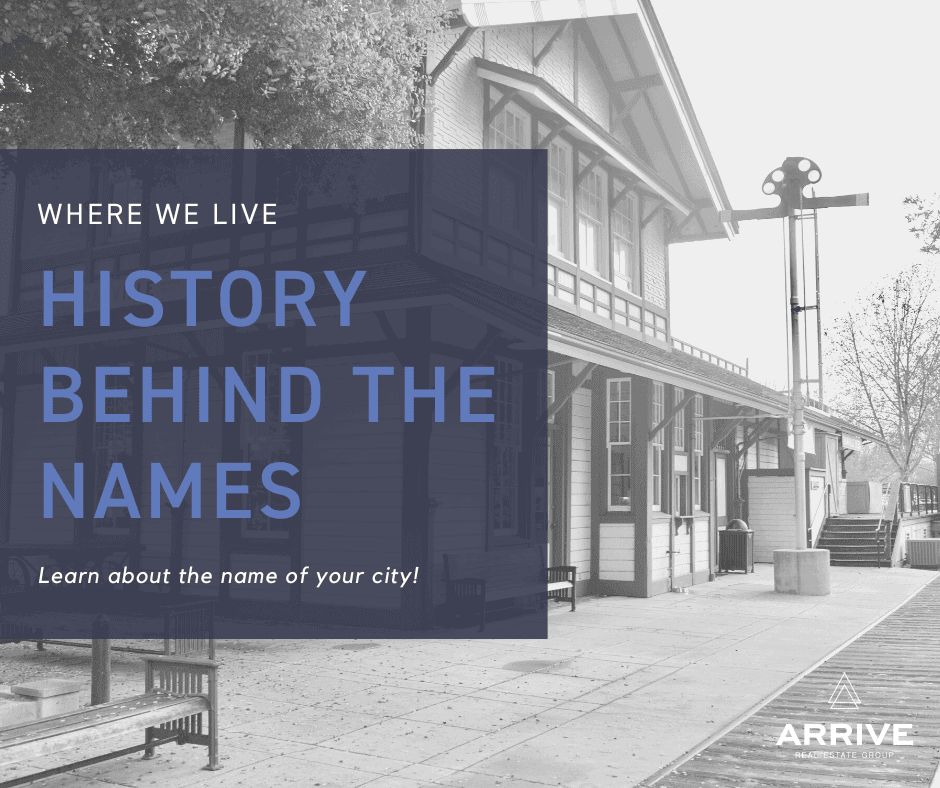Where We Live – History Behind the Names
Real Estate

Real Estate

History Behind the Names
If you’ve lived in the area long enough, you know that the history of the Tri-Valley stems from indigenous Native Americans as well as Spanish and British colonization following the Gold Rush. The Iron Horse Trail was once the Southern Pacific railroad passing through acres of agricultural land and small settlements. But what you may not know, is where our city names came from. Take a look below to find the meaning behind your city and those around us.
Walnut Creek
Originally called “The Corners” by American settlers following the Mexican-American war, it was a place where roads from Lafayette and Pacheco met. The creek running through the area was known as “Nuts Creek” in 1849. In 1855, a hotel was built with the name “Walnut Creek House” and as the region continued to grow, the name of the area was officially changed to Walnut Creek.
Alamo
The area was named Alamo, which means “poplar” or “cottonwood” in Spanish.
Danville
Drawn here by the Gold Rush, Daniel and Andrew Inman purchased 400 acres with their earnings in 1854. By 1858, the area was growing and needed a formal name. Many names were suggested, including Inmanville, but ultimately, the brother’s named the area after Andrew’s mother-in-law who was born and raised near Danville, Kentucky.
San Ramon
The name San Ramon is one of the oldest in the area but it was decades before the name was formally given to the city. The creek running through the area was originally named after a Native American who tended the sheep, Ramon. “San” was then added to conform to the usual way Spanish names appear, calling it San Ramon Creek. The village was first known as Brevensville, after a blacksmith, and then became Lynchville after a pioneer who helped build the first two-story house in the area. When settlers from Ireland moved in, they referred to the area as Limerick. Although a post office was established under the name San Ramon in 1873, Limerick was still used to describe the area until 1891 when the San Ramon Branch Line of the Southern Pacific railroad was established.
Dublin
Irish settlers bought land from José María Amador and named it Dublin after the original Emerald Isle.
Pleasanton
In 1851, John W. Kottinger named the area, formerly Alisal, after a distinguished Civil War general, Alfred Pleasonton. A spelling error was made during the recording process and the city is now known as Pleasanton.
Livermore
Named after Robert Livermore, a rancher who settled the area in the 1830’s.
Stay up to date on the latest real estate trends.
You’ve got questions and we can’t wait to answer them.